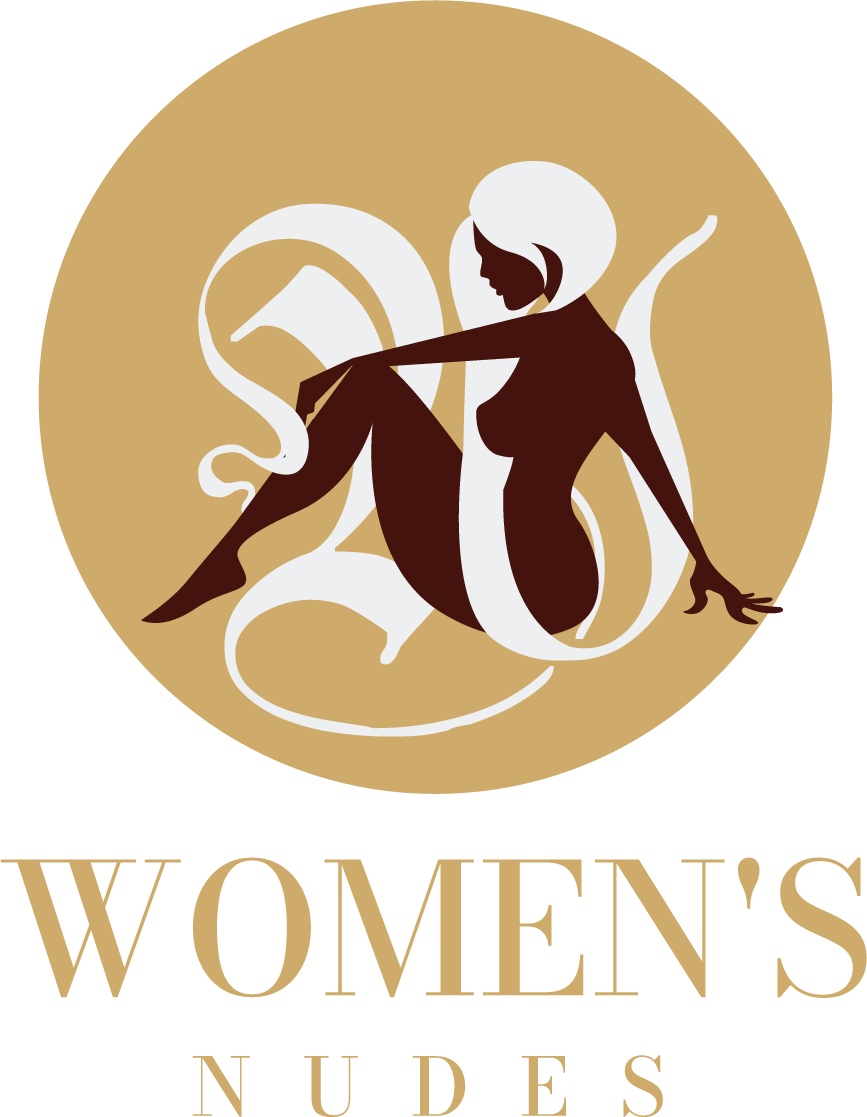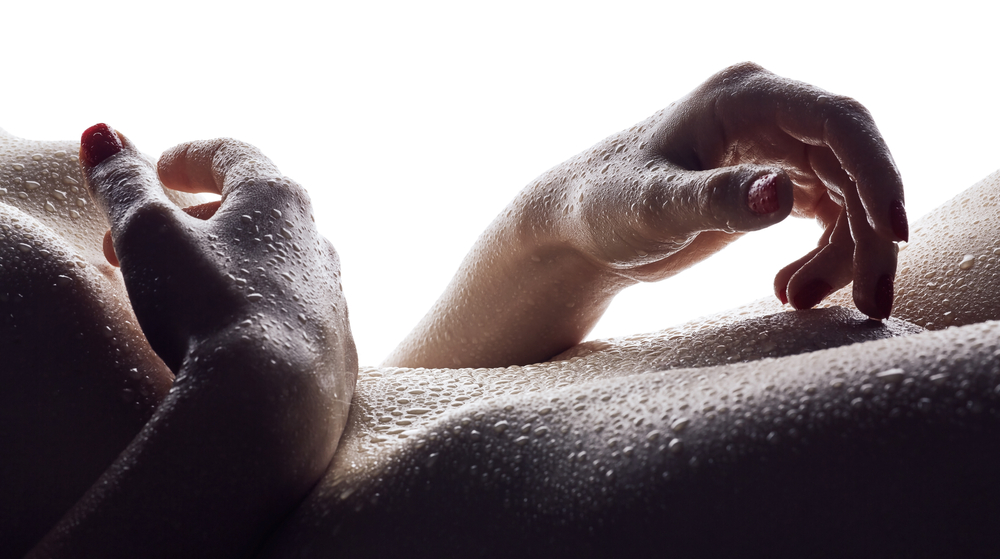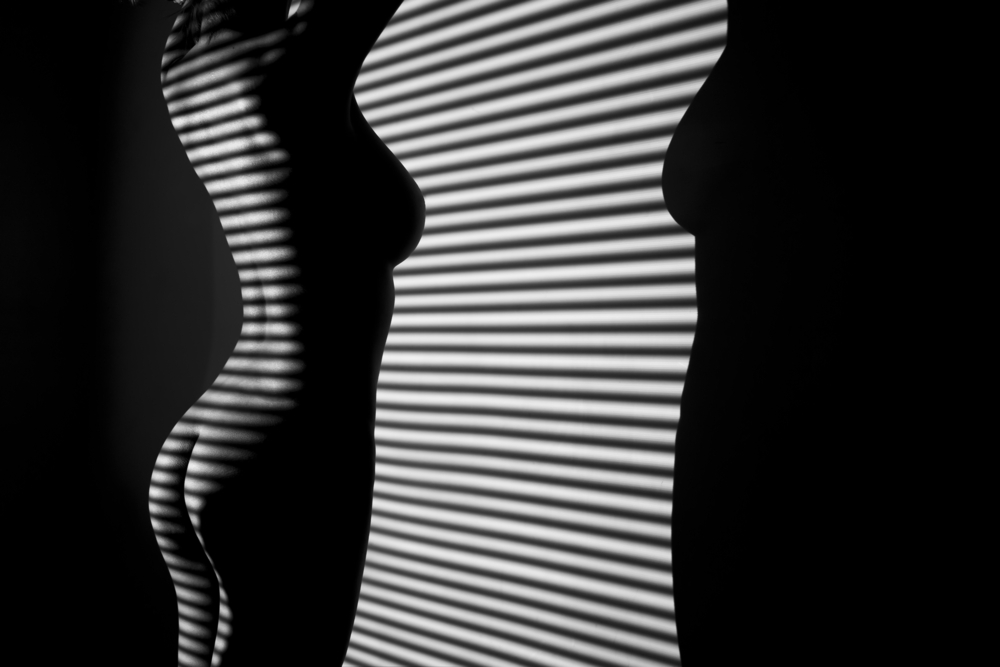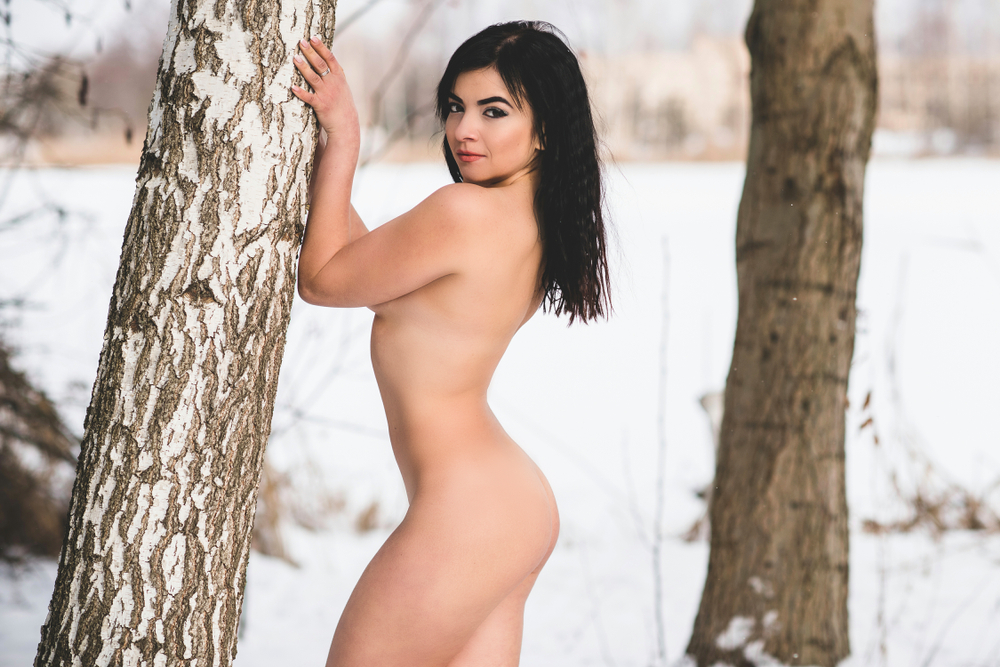Nude photography has been around for centuries and often features the female form. People celebrate the beauty and elegance of women’s bodies, and nude photos can capture that in a unique way. However, the representation of women in nude art can be a controversial topic. Some argue that it empowers women, while others believe it can lead to harmful attitudes and objectification.
To better understand the complexities of nude photography, it’s important to explore its history and ethical considerations. By doing so, photographers and audiences can gain a deeper appreciation for this type of art.
Importance of Empowerment and Representation in Nude Photography
Empowerment and representation in nude photography are important because they help women take control of their own bodies. The following are other reasons:
Challenging objectification
The objectification of women’s bodies has been a longstanding issue in many forms of media, including nude photography. By focusing on empowerment and representation, photographers can challenge the objectification of women’s bodies and promote a more positive and respectful representation of the female form.
Promoting body positivity
The representation of diverse female bodies in nude photography can help promote body positivity and encourage women to feel more confident and comfortable in their own skin.
Empowering women’s voices
By including women in the process of nude photography, photographers can empower women to take control of their own representation and challenge the male gaze that has historically dominated the field.
Celebrating diversity
The representation of diverse female bodies in nude photography can help celebrate the beauty and diversity of women’s bodies, challenging harmful beauty standards and promoting inclusivity.
Contributing to broader social movements
Empowering and inclusive forms of nude photography that celebrate the female form can contribute to broader social movements that seek to challenge gender inequality and promote gender equality.
The History and Evolution of Nude Photography and the Female Form
Nude photography dates back to the early days of photography in the 19th century. While the representation of the female form has been a central theme in nude photography, the way it has been represented has evolved over time. Here is an overview of the history and evolution of nude photography and the female form:
- 19th century: In the early days of photography, nude photography was primarily used as a tool for scientific and artistic study. Photographers such as Eadweard Muybridge used the new medium to study the human body in motion, while others such as Félix-Jacques Moulin and Wilhelm von Gloeden created artistic nude photographs.
Early 20th century:
- As cameras became more widely available in the early 1900s, photos of nude women began to grow in popularity as a way to entertain and titillate audiences. Many photographers, including Albert Arthur Allen and Rudolf Koppitz, crafted images that were intended for commercial gain, often featuring objectified and unrealistic depictions of women’s naked bodies. Can you imagine how this impacted female body image during that time period?
- Mid-20th century: In this period, Many artists and photographers used the medium to challenge social and cultural norms. Female artists such as Judy Dater, Diane Arbus, and Imogen Cunningham celebrated the beauty and diversity of women’s bodies, while also challenging the male gaze that dominated the field.
- Late 20th century: The representation of the female form in nude photography during the late 20th century was a hotly debated topic. Many artists and photographers politicized their work, using the medium to challenge gender norms and promote feminist ideals. Some notable names in this genre were Cindy Sherman and Annie Sprinkle who explored gender identity and sexuality through their photographs. Meanwhile, Robert Mapplethorpe and Sally Mann chose to push the boundaries of what was deemed acceptable in the art world.
- 21st century: Nude photography has come a long way in the 21st century. Nowadays, photographers are using the medium to challenge stereotypes and promote body positivity and inclusivity. Prominent female photographers like Petra Collins and Inez van Lamsweerde are leading the charge with their work that celebrates women’s diversity and pushes back against traditional representations of the female form. So, what would you like to see humanized in the world of nude photography? Let’s chat about it!
Female Form of Nude Photography: As it is Today
It’s amazing how this art form is now widely accepted and appreciated. Photographers and models alike are breaking barriers and exploring new territories when it comes to beauty and acceptance.
One of the most significant shifts in recent years is the move towards inclusivity and body positivity. Photographers are now showcasing a diverse range of body types, ages, sizes, and ethnicities. This is in response to the unrealistic beauty standards promoted by the media, which can be harmful to women’s self-esteem and body image.
Another trend is the focus on natural beauty. Photographers are moving away from heavily edited images, preferring a more authentic and raw look. Imperfections are now celebrated, and each model’s unique body is given the spotlight it deserves.
Female photographers are also making their mark in this field. They bring a fresh perspective and aim to empower and celebrate femininity through their work.
Thanks to social media and other online platforms, female nude photography is now more accessible and democratized. Models and photographers can showcase their work to a broader audience, breaking down traditional barriers and giving voice to those who were once overlooked.
Empowerment and Representation of the Female Form through Nude Photography
There are several ways to empower and represent a woman’s nude body through nude photography. Here are five different methods:
- Collaborate with the model: Collaborating with the model can help create an environment where the model feels comfortable and in control. This can lead to more authentic and empowering images that accurately represent the model’s identity and personality.
- Use diverse models: Including models of different races, body types, and ages can help promote representation and diversity in the industry. This can empower viewers to see themselves represented in a positive and realistic light.
- Highlight the beauty of imperfections: Nude photography can be used to celebrate the beauty of imperfections, such as stretch marks, scars, and wrinkles. This can help challenge societal norms and promote body positivity.
- Focus on empowerment and self-expression: Nude photography can be a powerful tool for self-expression and empowerment. By focusing on the model’s personality, experiences, and identity, photographers can create images that represent and celebrate the model’s unique story.
- Promote positive messages and narratives: Nude photography can be used to promote positive messages and narratives, such as self-love, confidence, and authenticity. By creating images that inspire and uplift, photographers can contribute to a more empowering and inclusive industry.
Ethics and Consent in Nude Photography and the Female Form
Ethical considerations are an essential component of nude photography involving the female form. One of the key ethical considerations is obtaining consent. The subject must be fully informed and agree to the use of their image for nude photography purposes. It is important to ensure that the subject is comfortable with the process and understands the intended use of the photographs.
Another consideration is the protection of privacy. Photographers should take steps to ensure that the subject’s identity and personal information are not disclosed without their consent. In addition, the subject should have control over the distribution of their images and have the right to revoke consent at any time.
It is also important to consider the intended message or meaning behind the photographs. Photographers should avoid exploiting the female form for commercial gain or perpetuating harmful stereotypes. Instead, they should aim to challenge societal norms and expectations by promoting diversity and inclusivity.
Ultimately, ethical considerations are critical in ensuring that nude photography involving the female form is conducted in a respectful and responsible manner. Photographers must prioritize the protection of the subject’s rights, privacy, and dignity. By doing so, they can create meaningful art that challenges societal norms and expectations while promoting empowerment and representation.
The Role We Have to Play
As humans, we must recognize our crucial role in the world of nude photography and how it shapes society’s perception of the female form. We have a responsibility to promote positive and empowering representations of women by working with models who feel comfortable in their own skin and showing the beauty of diversity in body types and skin tones. We can also challenge societal norms that dictate harmful beauty standards.
Moreover, we must always treat the models we work with with respect and dignity. Obtaining consent and ensuring their safety and comfort during photoshoots is essential in creating a safe space where models feel valued and heard. Especially when working with female models, we need to be mindful of the potential for sexual harassment and exploitation and prioritize their safety above all else.
Conclusion
In conclusion, nude photography has played a significant role in the empowerment and representation of the female form. Through the lens of the camera, the female form has been celebrated and immortalized in ways that challenge societal norms and expectations. The importance of empowerment and representation of the female form in nude photography cannot be overstated, as it provides a platform for women to express themselves, reclaim their bodies, and challenge the dominant narratives that have perpetuated objectification and marginalization.





